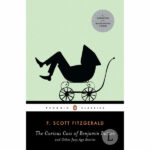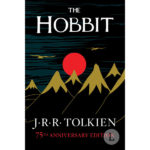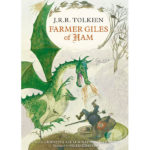F. Scott Fitzgerald’s debut novel, This Side of Paradise, published in 1920, is a coming-of-age story that explores the themes of identity, disillusionment, and the flawed ideals of youth. Set against the backdrop of the early 20th century, the novel follows the journey of Amory Blaine, an ambitious and privileged young man, as he navigates the challenges of adolescence, love, and the shifting social landscape of post-World War I America.
BOOK INFO
version: CLASSIC, EBOOK, AUDIOBOOK
number of pages: 250
literary movement: MODERNISM
literary genre: CLASSICS
1st edition: 1920
years of writing: 1917 - 1919
SUMMARY
The novel is divided into two parts, chronicling Amory’s life from his childhood through his years at Princeton University and his subsequent experiences as a young adult in New York City. Throughout the novel, Amory grapples with his sense of identity, seeking to define himself in relation to the world around him. As he moves through various social circles and romantic relationships, Amory is continually confronted by the limitations and flaws of his own youthful ideals and aspirations.
This Side of Paradise captures the spirit of the Lost Generation, a term coined by Gertrude Stein to describe the disillusioned young people who came of age during and after World War I. The novel explores the impact of the war on American society, as well as the changes in social and cultural values that characterized the era. Through Amory’s experiences, Fitzgerald delves into themes such as the shifting roles of women, the impact of materialism and wealth, and the struggle to find meaning and purpose in a rapidly changing world.
The novel also provides a critical examination of the American Dream, as Amory’s pursuit of success, love, and happiness is consistently challenged and undermined by the realities of life. In his quest for self-discovery, Amory is forced to confront the emptiness and disillusionment that often accompany the pursuit of worldly success and the failure of idealistic ambitions.
This Side of Paradise is notable for its experimental narrative structure and its use of various literary techniques, such as interior monologue, stream of consciousness, and poetic prose. These stylistic choices reflect Fitzgerald’s early modernist influences and contribute to the novel’s unique and innovative character.
MAIN CHARACTERS
Amory Blaine
The protagonist of This Side of Paradise, Amory is a charismatic and privileged young man who struggles with self-discovery, identity, and disillusionment as he navigates adolescence and early adulthood. Throughout the novel, Amory’s experiences, relationships, and shifting ideals serve as a reflection of the larger social and cultural changes taking place in post-World War I America.
Beatrice Blaine
Amory’s mother, a wealthy and sophisticated woman who plays a significant role in shaping Amory’s upbringing and worldview. Her influence contributes to his sense of entitlement and his search for identity.
Monsignor Darcy
A close family friend and mentor to Amory, Monsignor Darcy serves as a guiding figure in Amory’s life, offering him advice and support as he navigates the complexities of adolescence and early adulthood.
Rosalind Connage
A primary love interest for Amory, Rosalind is a beautiful and alluring young woman who represents the pinnacle of Amory’s romantic aspirations. Their tumultuous relationship highlights the difficulties Amory faces in reconciling his idealized notions of love with the realities of human relationships.
Isabelle Borge
Another of Amory’s love interests, Isabelle is a charming and flirtatious young woman who initially captivates Amory but ultimately exposes the fleeting nature of youthful infatuation.
Thomas Park D’Invilliers
A close friend of Amory’s during his time at Princeton University, Thomas is a poet and fellow member of the literary elite. Their friendship provides Amory with an intellectual and artistic outlet, as well as a sense of camaraderie and belonging.
Dick Humbird
A classmate of Amory’s at Princeton, Dick represents the darker side of the privileged and carefree lifestyle that Amory aspires to. His tragic fate serves as a cautionary tale for the dangers of excessive indulgence and recklessness.
Clara Page
A woman Amory becomes infatuated with during his early adulthood, Clara is a symbol of purity and unattainable perfection. Her rejection of Amory’s advances further contributes to his disillusionment with love and the idealistic pursuits of his youth.
Alec Connage
Rosalind’s brother and a friend of Amory’s, Alec represents the social elite of their generation and serves as a foil to Amory’s introspective and idealistic nature.
Kerry Holiday
Another friend of Amory’s from Princeton, Kerry provides a contrasting perspective on life and ambition, often challenging Amory’s views and assumptions about success and happiness.
Experience is the name so many people give to their mistakes.
F. SCOTT FITZGERALD
TOP 10 POINTS
- Coming-of-Age: This Side of Paradise follows the journey of Amory Blaine as he navigates the challenges of adolescence, love, and self-discovery, serving as a compelling coming-of-age narrative.
- Search for Identity: The novel explores the theme of identity, as Amory grapples with his sense of self and struggles to define himself in relation to the world around him.
- The Lost Generation: The novel captures the spirit of the disillusioned young people who came of age during and after World War I, exploring the impact of the war on American society and the shifting social and cultural values of the era.
- Disillusionment and Flawed Ideals: This Side of Paradise delves into themes of disillusionment and the limitations of youthful ideals, as Amory is continually confronted by the harsh realities of life.
- Changing Roles of Women: The novel examines the shifting roles of women in post-World War I America, as traditional gender norms are challenged and redefined.
- Materialism and Wealth: Fitzgerald explores the impact of materialism and wealth on American society, critiquing the pursuit of worldly success and its often empty and disillusioning results.
- Critique of the American Dream: The novel provides a critical examination of the American Dream, as Amory’s pursuit of success, love, and happiness is consistently challenged and undermined by the realities of life.
- Experimental Narrative Structure: This Side of Paradise is notable for its innovative narrative structure and use of various literary techniques, such as interior monologue, stream of consciousness, and poetic prose.
- Early Modernist Influences: The novel reflects Fitzgerald’s early modernist influences, contributing to its unique and innovative character.
- Enduring Significance: Despite being Fitzgerald’s debut novel, This Side of Paradise remains a significant and thought-provoking work of American literature, exploring themes and issues that continue to resonate with readers nearly a century after its publication.
MOVIE ADAPTATION
This Side of Paradise was adapted into a silent film in 1920, directed by Jerome Storm. The film starred Lois Wilson as Rosalind Connage and was among the earliest adaptations of F. Scott Fitzgerald’s work. Since then, there have been a few television adaptations and stage productions, but no major film adaptations in recent years.
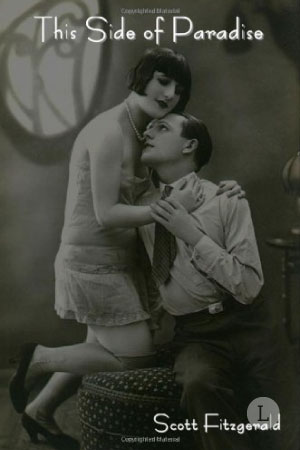
AT THE END
In conclusion, F. Scott Fitzgerald’s This Side of Paradise is a compelling exploration of the challenges and complexities of youth, identity, and the search for meaning in the context of post-World War I America. With its vivid portrayal of the era’s social and cultural landscape, its memorable characters, and its exploration of the disillusionment and flawed ideals of the Lost Generation, the novel remains a significant and thought-provoking work of American literature.
ABOUT WRITER
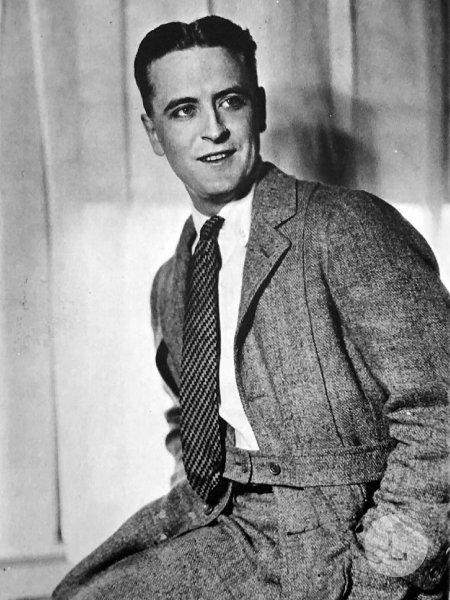
Francis Scott Key Fitzgerald was an American author celebrated for his novels and short stories that capture the spirit of the Jazz Age. His works, including The Great Gatsby and Tender Is the Night, are renowned for their lyrical prose, vivid characters, and exploration of themes such as wealth, love, and the American Dream. Through his writings, Fitzgerald left an indelible mark on 20th-century literature.

